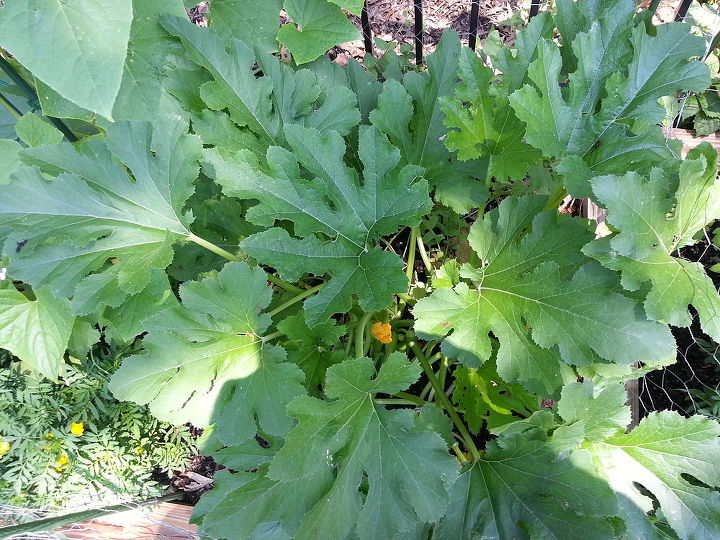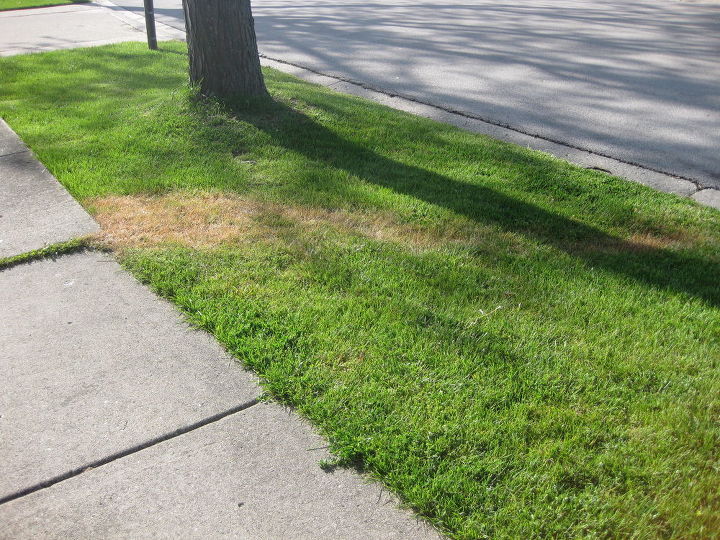What's the best way to transplant poinsettia and can they go in ground

Related Discussions
GNATS - How to get rid of them?
Somehow my house and garden got tiny gnats that killed my fuchsia plant and fly everywhere. I have tried ALL the Web recommendations - soap and oil dishes, sand in th... See more
Marigolds growing! Should I pinch the buds?
My marigold plants are growing. I heard that pinching the buds until Autumn will allow them to grow without killing the plant. Is this true?
Growing garlic
Growing our first garlic, should we wait until the leaves are drying out before we pick it? Husband picked first one today along with our first potatoes.
How to keep mice out of your garden?
Hi everyone, I have mice in my garden destroying my vegetables and I have also noticed them in the barn and shed. Please can someone tell me how to prevent them from ... See more
What's the best flower/plant to grow in Texas?
I know that opinions vary, but what's your opinion?!I have great luck w Rosemary plants. Green all year long.
Squash Plants Large and Healthy and no Squash Growing?
2nd Season in a ROW! Squash plants growing large and healthy leaves and the stems near the roots are looking healthy and turning dark green, getting flowers that grow... See more
Trail of dead grass mystery?
Trail of dead grass appeared two weeks ago that starts in neighbor's yard and goes to the sidewalk, then continues past the sidewalk in a line into the grass into my ... See more





https://www.gardeningknowhow.com/ornamental/flowers/poinsettia/outdoor-poinsettia-plants.htm
Poinsettias can grow quite large in very tropical areas. Once you put it somewhere, leave it. They don't like to be moved around once the roots are established. You may have to protect it in winter. Good luck.
FROM HGTV:
Spring is the best time for transplanting a poinsettia into the garden, after preparing the plant. As the bright red bracts fade, water the poinsettia when the soil surface is dry to a depth of 1/2 inch, and don't apply fertilizer. Bracts are the modified leaves that give poinsettia its red coloring. Prune the stems when the bracts turn muddy green. Wipe the pruning shear blades with a cloth dipped in rubbing alcohol, and prune the stems to 4 to 6 inches long. Sterilize the pruning shears again when you've finished. Wear gloves when you prune because the sap can irritate your skin. Fertilize the poinsettia with a balanced fertilizer for houseplants, such as a 12-4-8 liquid product diluted at a rate of 1 teaspoon per 1 gallon of water, or according to the manufacturer's instructions. Apply the fertilizer every two weeks. When all danger of frost has passed, place the poinsettia in its pot outdoors, in a warm, partially shady spot sheltered from wind.
Selecting a Site
A full-sun site with moist, acidic soil provides the right growing conditions for a poinsettia. When the poinsettia has been outdoors for two weeks or longer, it will have adjusted to outdoor light levels and temperatures and be ready for transplanting into the garden. This shrub prefers a soil pH between 5.5 and 6.5, but also grows well in soils with a pH of 5.0 to 7.0. Select a site that isn't exposed to artificial lighting at night if you're growing poinsettia for its bright red bracts. Poinsettia doesn't survive winter in USDA zones 8 and lower.
Transplanting a Poinsettia
The hole for a poinsettia should be wider and deeper than the root ball of the plant. Dig a hole 1 foot wider and 6 inches deeper than the pot containing the poinsettia. Break up the soil if it's lumpy, and refill the hole so that the surface of the soil in the container will be level with the surrounding ground. Gently slide the plant out of its pot, avoiding pulling on it. Take extra care with the stems because they can be fragile and brittle. If the poinsettia doesn't slide out, tap the edge of the pot on the ground to loosen the soil. Place the poinsettia in the hole and fill in the gaps with dug soil. Gently firm the ground. Water the poinsettia with a garden hose and soft spray attachment, until water begins to puddle.
Caring for a Poinsettia Outdoors
Watering and fertilizing a newly planted poinsettia helps the shrub establish well. Spread a 2-inch layer of organic mulch, such as shredded bark or leaf mold, over the planted area to help conserve soil moisture. Fertilize the poinsettia with a high-nitrogen product, such as a 12-4-8 liquid fertilizer diluted at a rate of 4 teaspoons per 2 gallons of water. Apply the fertilizer solution every one to two weeks while the poinsettia is actively growing. Manufacturer's instructions may vary, so read and follow the product label. Poinsettia doesn't tolerate drought. Water the shrub when the soil surface is dry, but don't apply so much water that the ground becomes soggy.
I planted mine every year in Daytona Beach facing north with east exposure from the ocean, they love it. The ones I planted in Mobile got frozen and died.